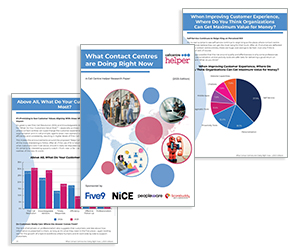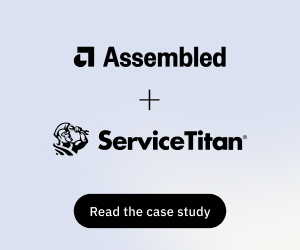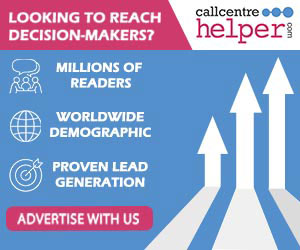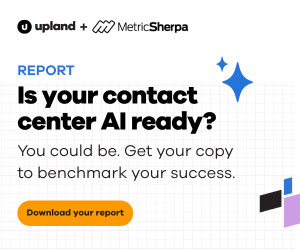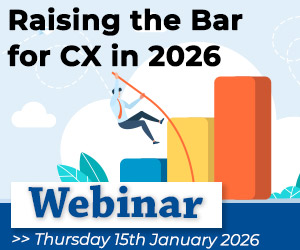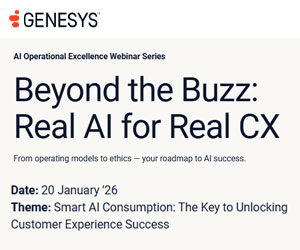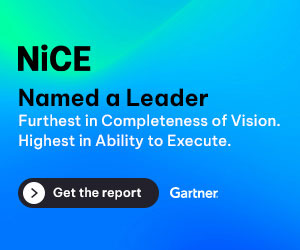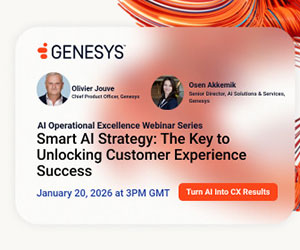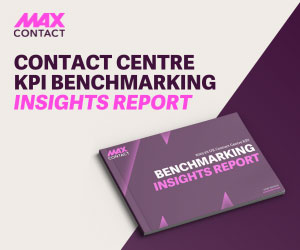As integrating existing data with a modern WFM solution is so critical, Zaineb Ahmed at Peopleware explores how to make that integration happen and set your business up for long-term success.
Modernizing your workforce management system helps unify disparate systems and provides greater visibility across operations. This enables you to move faster, plan smarter, and make confident data-driven decisions.
3 Signs it’s Time to Upgrade Your WFM
Often in contact centres, there are some telltale signs that the current setup isn’t working. Here’s a quick overview of common issues that indicate your system needs an upgrade:
- Manual workarounds are the norm – You are struggling with reporting gaps and relying on Excel to plan for changing requirements.
- Accurate forecasting is still a dream – Your forecasts feel like guesswork, and you can’t easily pull historical data to plan for special events like Christmas and Black Friday.
- You’re stuck with one plan per scenario – Modelling different outcomes is slow or impossible because scattered data makes it difficult to adjust assumptions or leverage intraday insights.
If this sounds like a typical day in your contact centre, it’s time for you to consider an alternative solution. But how do you get started?
Legacy Systems vs Modernized WFM
When faced with modernization, a common dilemma is whether to integrate the existing system with new technology or replace it entirely with a modern WFM solution with built-in capabilities.
Challenges of Legacy WFM Systems
Relying on traditional systems can feel safe, especially when they have been a part of your operations for a long time. But this comes at a hidden cost, which many overlook. These systems are outdated and:
Give a False Sense of Control
They may seem stable, but they hide delays and operational inefficiencies, which lead to reactive decisions.
Struggle to Integrate With Modern Tools
The biggest challenge with legacy systems is the lack of interoperability. They require custom-built APIs to support integration with newer systems, which are expensive and time-consuming to build and maintain.
Lack of Flexibility
Even with expensive workarounds like custom APIs, these systems aren’t built to keep pace with the fast-changing demands, shift patterns, and staffing needs of today’s contact centres.
Benefits of Modern WFM Software
A modern WFM software solution helps you to overcome these challenges by empowering you with:
Control Over Data and Operations
Easily leverage historical data to generate accurate forecasts and optimize operations even for peak periods.
Seamless Integration of Your Systems
Make data-driven decisions while significantly reducing integration costs. Modernized WFM systems are fully interoperable with the contact centre ecosystem and allow you to unify disparate data sources in one central location.
Agility and Scalability
Monitor performance, service levels, and workforce capacity to make real-time decisions. This agility allows you to be prepared for any scenario and helps to scale your business for future changes.
That’s why moving away from legacy systems is the first step towards modernizing your workforce management system.
At this point, the question is simple: What’s more costly – adopting a new WFM software or investing in a bespoke solution to integrate with the existing system and compromising the customer experience?
To get the most out of your new WFM, it’s important to make the right choice. Knowing what you want to achieve can help you get that clarity early on.
How to Make Your WFM Integration Future-Ready
Once you’ve decided to move beyond legacy systems, the next step is ensuring your new platform delivers long-term value.
After integrating with new technology, many organizations assume the work is complete and expect outcomes without clear goals.
The real transformation happens when your new WFM system enables you to make smarter decisions, improve scenario planning, and build accurate forecasts. And that requires ongoing strategic input.
That’s why choosing the right WFM software is just the beginning. To leverage its full potential, it’s important you lay the groundwork and commit to continuous improvement. Here are a few key areas to keep you on the right track:
End-to-End Integration
For your WFM system to deliver long-term impact, it’s essential to integrate all your systems into a unified environment. This includes telephony, CRM, AHT, ACD, IVR, and other customer experience platforms.
Partial integrations result in incomplete information, which severely limits the accuracy of your outputs. Even with the new technology, you can end up facing the same issues as before: blind spots, patchy insights, and decisions driven by guesswork.
Scenario Planning and Cost Visibility
Whether you’re planning for special events like Black Friday or anticipating staffing gaps during holidays, the ability to simulate different outcomes is what transforms your WFM system from a reporting tool into a true decision-making partner.
Once your data starts flowing seamlessly in the new system, it can reveal insights that were previously hidden. With everything centralized, you can visualize key metrics to predict future trends and use that information to build more accurate forecasts.
It is important to present each scenario, including triggers, metrics, and associated costs, to support strategic decision-making.
Build For Flexibility
A key pillar for modernizing is ensuring your WFM system can grow with you. As customer expectations change, your tech stack should be able to evolve alongside them.
That means your system must integrate seamlessly with new tools, whether it’s automation, AI-driven assistants, or future innovations. Flexibility prepares you for future change and allows you to plan ahead without being locked into a single way of working.
Ready to Upgrade Your WFM?
If your legacy system is hard to integrate, relies on manual workarounds, and doesn’t support future planning, it’s time to modernize. A next-generation WFM solution offers:
- Flexibility to integrate data end-to-end
- Extract actionable insights from historical data
- Model multiple scenarios with full cost visibility
- Empower decision-makers at every level
This blog post has been re-published by kind permission of Peopleware – View the Original Article
For more information about Peopleware - visit the Peopleware Website
Call Centre Helper is not responsible for the content of these guest blog posts. The opinions expressed in this article are those of the author, and do not necessarily reflect those of Call Centre Helper.
Author: Peopleware
Reviewed by: Megan Jones
Published On: 1st Jul 2025
Read more about - Guest Blogs, Peopleware




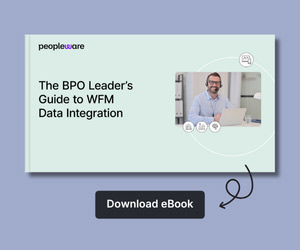

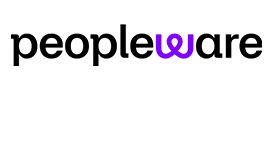 Peopleware is a leading workforce management (WFM) solution, trusted by over 500,000 users in 30+ countries. With smart forecasting, automated scheduling and real-time management, organizations can optimize workforce efficiency and keep work aligned with demand. From precise time tracking to flexible planning, Peopleware helps organizations boost operational efficiency and foster a more engaged, productive workforce.
Peopleware is a leading workforce management (WFM) solution, trusted by over 500,000 users in 30+ countries. With smart forecasting, automated scheduling and real-time management, organizations can optimize workforce efficiency and keep work aligned with demand. From precise time tracking to flexible planning, Peopleware helps organizations boost operational efficiency and foster a more engaged, productive workforce. 




